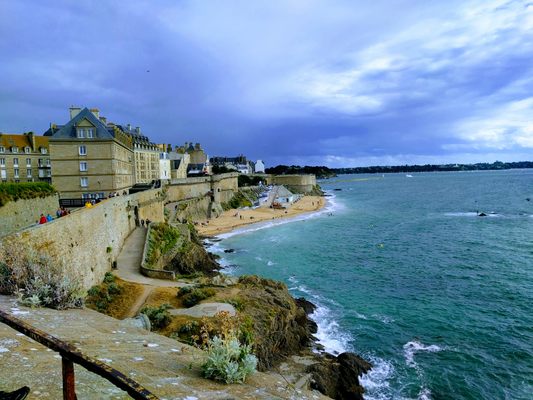About
The medieval city of Saint-Malo, France was the birthplace of Jacques Cartier, the intrepid explorer of the Saint-Laurent River, and—in a greater extent—Canada. Cartier's discoveries allowed the establishment of French culture in Canada, which—to this day—can be still seen in cities such as Montreal and Québec.
The sailor—by then already used to long travels to Brazil and Newfoundland—was presented in 1534 to the French King François I, who sent Cartier on an expedition to explore Saint-Laurent’s Gulf. The journey's mission was to find a maritime access route to the Pacific Ocean, thereby opening up trade routes for France.
While on his quest, Cartier became the first European to describe and map what would become the modern-day region of Québec. Today, Cartier is considered the founding father of the Québec nation for his notable discoveries and for the French influence he brought to the region.
Jacques Cartier was born and died in the fortified city of Saint-Malo. In honor of his legacy, the Maison du Québec was built both to pay homage to Cartier and to strengthen the bonds of friendship between Québec and France.
Related Tags
Know Before You Go
Today, the tomb of Jacques Cartier can be found in the Saint-Vincent de Saint-Malo Cathedral nearby the Maison du Québec. The Maison is open daily, from 10:30 to 1 pm and from 2:30 to 6:30 pm. The Maison du Québec offers exhibitions, screenings, concerts, and other events for visitors, as well as resources for French citizens, keen on studying abroad in Québec.
Published
September 28, 2018






















